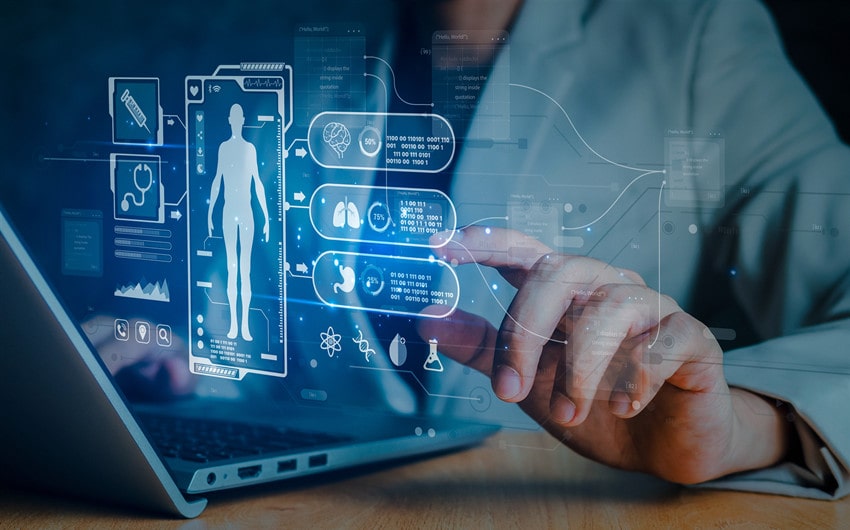Medical information is strictly confidential and should never be transferred to third parties if this is regulated by law. At the same time, the patient himself has the full right to access his medical data at any time.
An excellent solution for ensuring that a medical institution can comply with this legal requirement is to contact patient portal app development specialists and create its own software.
Key features of patient portals
Specialized digital portals are widely used in modern medicine and represent a single platform where patient profiles are collected and stored. They can contain various information, including:
- names;
- contact details;
- residential address;
- social security number;
- individual medical record number, etc.
Patient portals are a highly effective solution in the healthcare sector that helps improve the quality of patient interactions. They are a kind of bridge for communication between clinic clients and healthcare providers.
A patient portal is an online solution presented as an application or a website. With its help, patients can access their profiles and medical records, manage bills, pay for medical services, and much more around the clock. Usually, the portal is only part of the entire software system created to manage medical services.
Types of portals
There are two main types of portals, each with certain differences. Therefore, before starting development, it is very important to consider and decide which of the presented options is suitable for a medical institution.
Autonomous
The peculiarity of autonomous portals is that their number of functions is limited. Most often, one main feature is used, such as making an appointment or access to examination and test results. At the same time, connection to larger systems, including EHR, is usually not provided.
Small organizations and companies, including pharmacies, private laboratories, local offices, etc., use this portal type.
Software with a simple architecture is used for management. Therefore, less time, effort, investment, and other resources are required for development. It makes such portals as accessible as possible for most organizations in the healthcare sector.
Integrated
They are also often called linked portals. It is already part of large, combined systems such as EHR and HMS.
Integrated portals allow direct access to the medical organization’s database and provide various services and additional functions.
Unsurprisingly, such projects require more time, effort, and investment for design and development.
General characteristics
Despite the significant differences between the presented solutions, they also have some standard features. Among them, the following can be highlighted:
- the need for patient authorization using a login and password;
- the ability to access around the clock through a specialized application;
- secure communication with doctors and other medical personnel;
- interactivity;
- remote data management.
If you are planning to develop a portal or need such a solution to expand the capabilities of your medical organization, then at the first stage, you need to determine the type of system that suits you. Based on these decisions, you can take subsequent steps, develop a design plan, and implement all the functions and capabilities you need.







